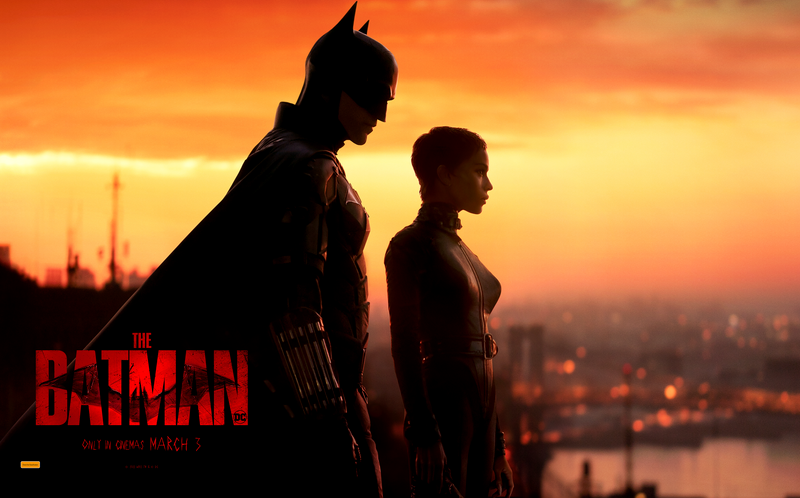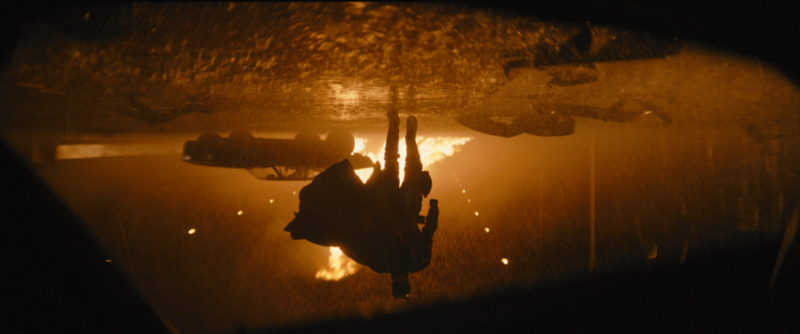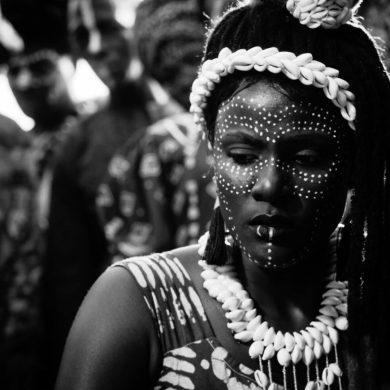Help keep The Curb independent by joining our Patreon.
A ghost-like complexion and broken eyes obstructed by a wave of jet-black hair place Robert Pattinson on the grungier end of the Batman spectrum.
Say what you will about his penchant for violence and moody persona, but Matt Reeve’s ‘The Batman’ might just feature Bats at his most optimistic.
With The Batman, Reeves (whose biggest credit is directing the final two instalments of the critically acclaimed 2010s Planet of the Apes trilogy) continues Nolan’s legacy of a grounded cinematic Batman. They are insomniac vigilantes deprived of quotidian joy, colour and racialised by childhood grief to the extent that they take action to protect the underclass in the absence of authority (whether it be through deliberate inaction or inability is anyone’s guess).
The Gotham of The Batman remains a tragedy of American political failure; a hotbed of crime and corruption that feels so far removed from the Kapows! and Batnipples of yesteryear. In Pattinson, we see Batman at his most taciturn and reclusive; so unflinchingly motivated to his cause of vigilante justice that he possesses no fear of pain, nor is he committed to upholding his family’s legacy (the antics of which left to the fatherly Alfred (an underscored Andy Serkis)). Hopelessness has never felt further out of reach in a Batman film, with the gap between Bruce and Bats never more indistinguishable, and with it creating a perpetual state of futility.
It is through a series of high-profile murders, the violent work of an elusive and child-like sociopath that calls himself the Riddler (a menacing Paul Dano), that propels Bats into the gritty fold. The film wisely opts not to focus on showing Bats’ origin story but instead use the confines of an all-consuming investigation to connect the present with the past. Detective Bats’ inclusion in police matters, permitted by the moustachioed Commissioner Gordon (Jeffrey Wright), delivers many of the film’s biggest gaffes; courtesy of the many perplexed police who gaze at Batman in disbelief (a welcome touch to an otherwise sombre affair). As peachy keen as Bats is to protect the citizens of Gotham, it is the Riddler who is motivated to thwart widespread corruption; leaving behind a trail of clues that entangles Bats with Gotham’s criminal underbelly; the likes including the Scarfacian Penguin (an unrecognisable Colin Farrell) and crime-boss Carmine Falcone (John Turturro). It is through his interactions with Penguin where Batman meets the combat-adept Selena Kyle a.k.a Catwoman (Zoë Kravitz); a fellow outsider also on her own mission of justice.


It is almost customary for Batman to now be a shallow void given today’s heated political climate (the film making it clear that philanthropy is the VERY least of what billionaires can do to contribute to society). In Reeves’ vision, entropy reigns supreme, with Batman’s ennui the product of unfettered corruption. That said, his privilege grants him equity otherwise denied to others of modest social standing (this contrast is all the more potent when contrasted experiences of alternate upbringings against one another). However apt it is to express this discourse, screenwriters Reeves and Peter Craig (of The Town fame) never really push dialogue outside of expressing empty frustration, with this becoming most rickety in application via Paul Dano’s Riddler.
Dano does a solid job reaching for the maniacal jugular, though it is a shame the Riddler’s presence – at times feeling as if he is a pastiche of other villains – is largely left to punctuating blows that removes him from the film. This allows other villains like Penguin (the car chase scene being up there with The French Connection (1971) in terms of adrenalinic delight) and Falcone (Turturro is instantly intimidating) to solve the film’s mystery of the compelling villain. His fleeting presence would leave more of an impact had: a) the film fleshed out his motivations in less of a paper-thin fashion (though they are better articulated in The Batman than they had been in other Schrader-esque inspired DC fare), b) setups been more elaborate, and c) acts of violence been empowered with increased viscera.
However deprived of blood the film is, fights come in heavy, with Bats going harder on the violence than he has ever before on-screen. Batman might not kill but that doesn’t mean he won’t pack a wallop (and don’t worry, the sound effects allow you to hear every shattered bone).
Contributing to the air of unease is Michael Giacchino’s sweeping score, effectively establishing characters like the Riddler as radicalised visions of carnage. (The Riddler’s aggressive acts of violence scored with the same bone-chilling intensity as Bernard Herrmann’s innovative audio work in Psycho (1960)). This sense of darkness permeates throughout the film, not only in Giacchino’s oscillating score but through cinematography, with Aussie cinematographer Greig Fraser (who is currently up for an Oscar for his work on Dune) allowing dimly lit scenes to pulsate with fiery flashes of siren-red and glowing-orange as though he were warning the audience to turn away.
It becomes apparent from the get-go that Bruce sits secondary to the story, with the insignificance of his identity reaching a point that even when the opportunity is there to unmask him, nobody dares to do so. It is a smart decision, and one that allows the film to focus on depth of story as opposed to trite identity reveals that ultimately prove redundant.
Many jabs have been made about Pattinson’s gloomy appearance, connecting his glum disposition to somewhere in the mid-’00s scene subculture. For those who grew up in this time it is hard to shake off the film’s MySpace vibe, particularly when the film goes as far to use jarring Nirvana refrains (so too is this clunky choice of soundtrack administered when the film plays Ave Maria to display a sense of poeticism).
Where the film finds its stride is in the indelible pairing of Batman and Catwoman. Both Pattinson and Kravitz are magnetic when on-screen together, with their characters inhibiting an unrelenting dissatisfaction with how corruption flows unchecked. It is contemporary in its delivery and parallels impeccably to the current moods surrounding racial inequality and government inaction on issues of climate change. Frankly put, Batman and Catwoman have never been cooler. It is Kravitz however that steals the show, evoking many of the film’s most affecting moments thanks to her keen sense of care and commitment to justice (Bats, whom she playfully refers to as Vengeance, unfortunately, limits the extent to which she can execute this). It is clear Gotham is a man’s world, with the astute Cats using her pert appearance to gain the upper hand on unsuspecting foes. At three hours in length, it is Kravitz who keeps momentum flowing throughout the film’s extensive runtime.
In the age of comic-book film excess, it feels somewhat unwise to grade The Batman on a measure of originality. There are many aspects of the film that shine like the bat signal during the darkest of night, though they are somewhat deflated by a screenplay that would have packed a greater punch two years ago. If you can look past this, then The Batman serves as an engrossing story of American tragedy that is powered by an electrifying Pattinson and Kravitz.
If hope is a death sentence then we may have found ourselves another iteration of The Suicide Squad.
Director: Matt Reeves
Cast: Robert Pattinson, Zoë Kravitz, Paul Dano
Writers: Matt Reeves, Peter Craig, (based on characters created by Bob Kane, Bill Finger)




